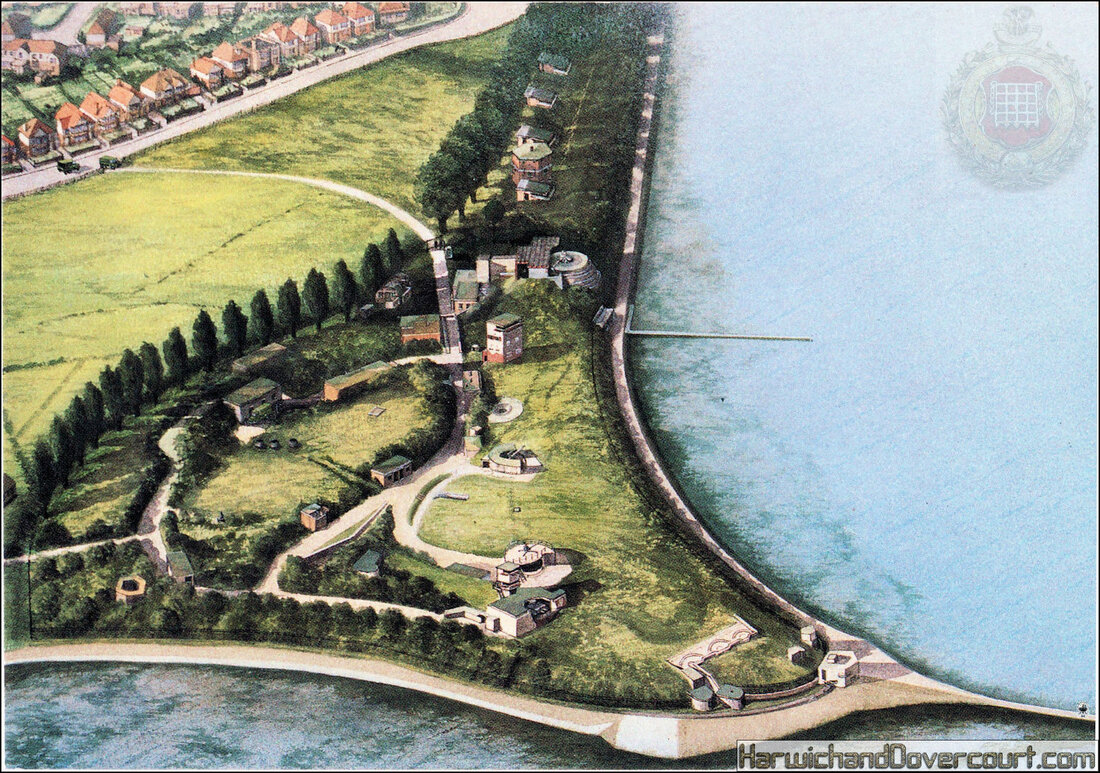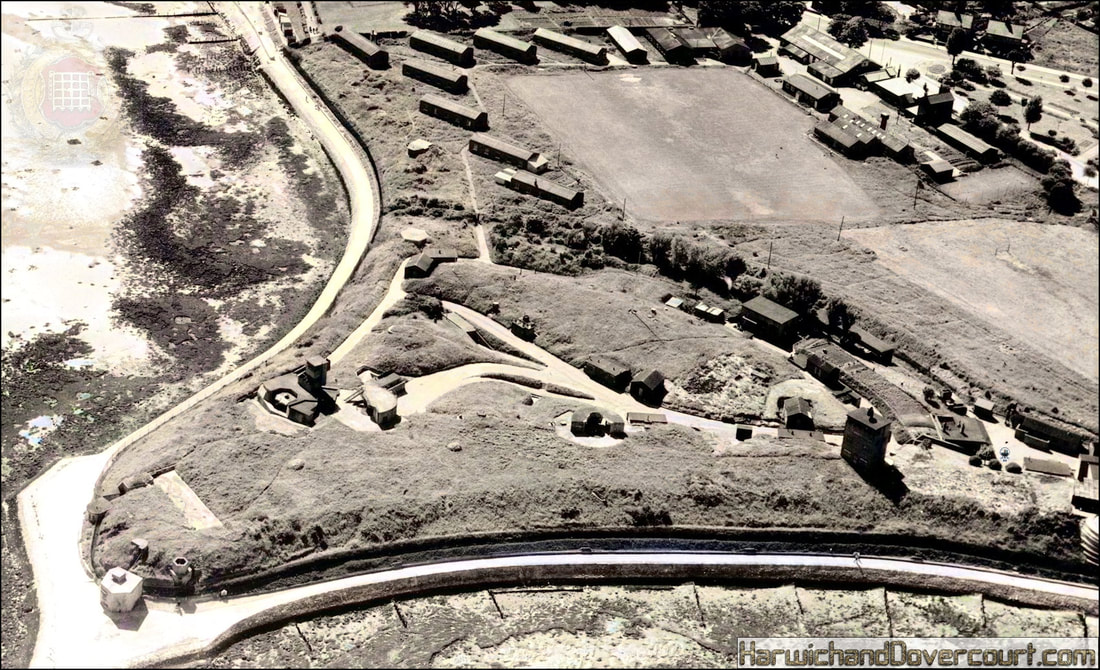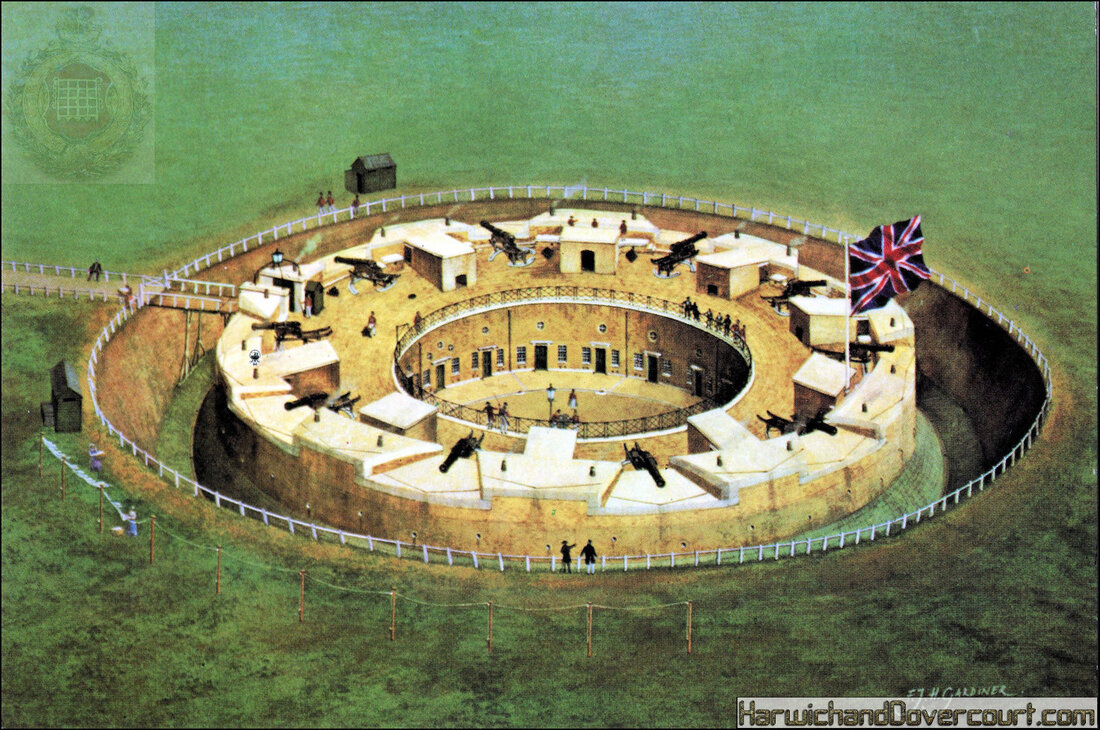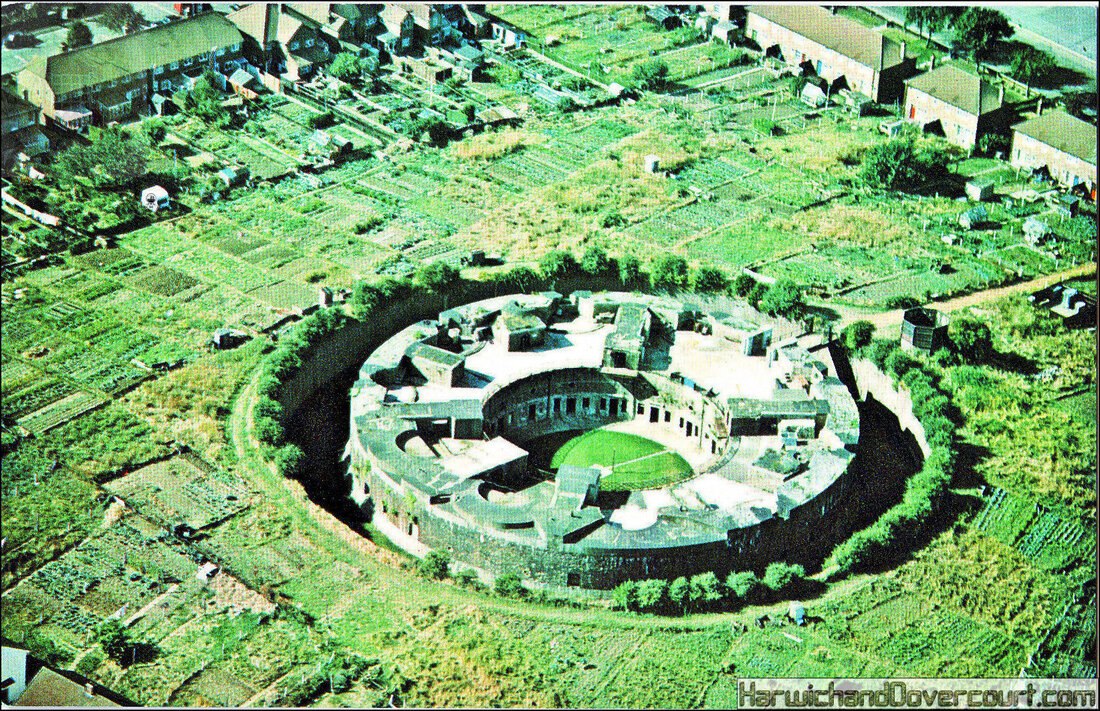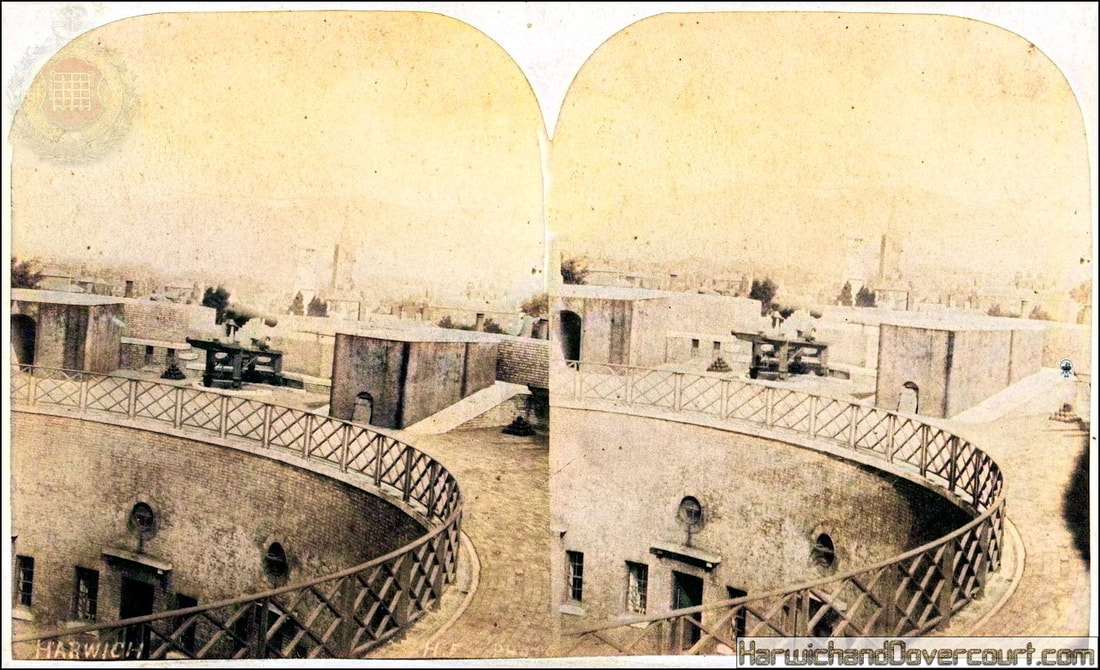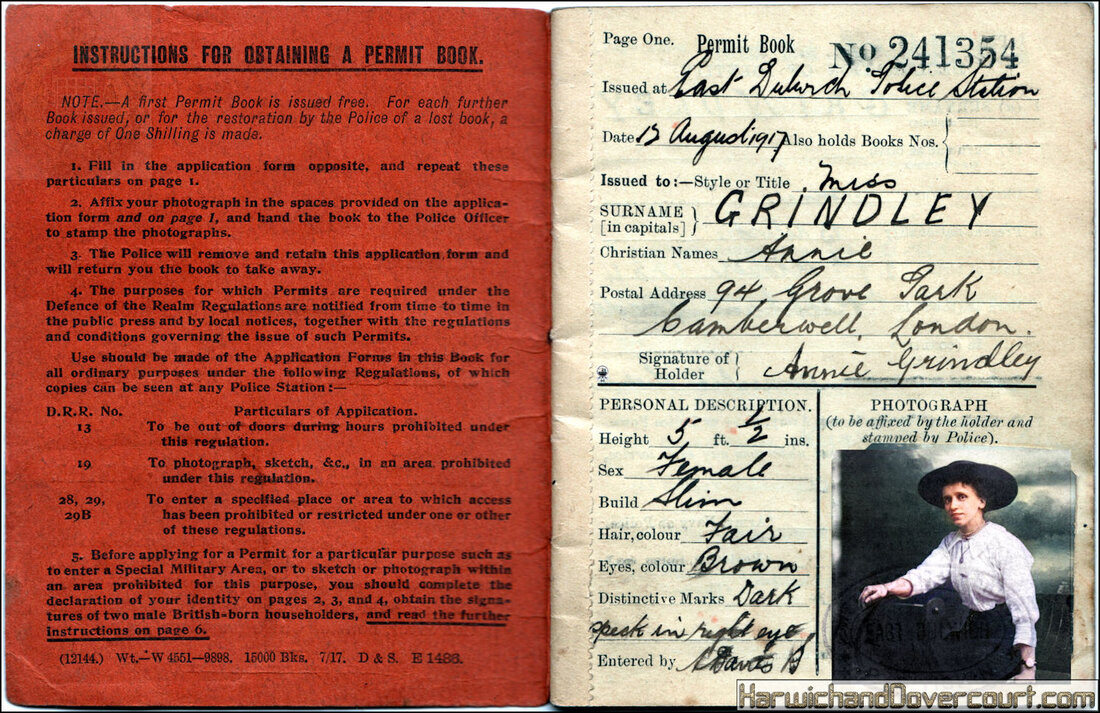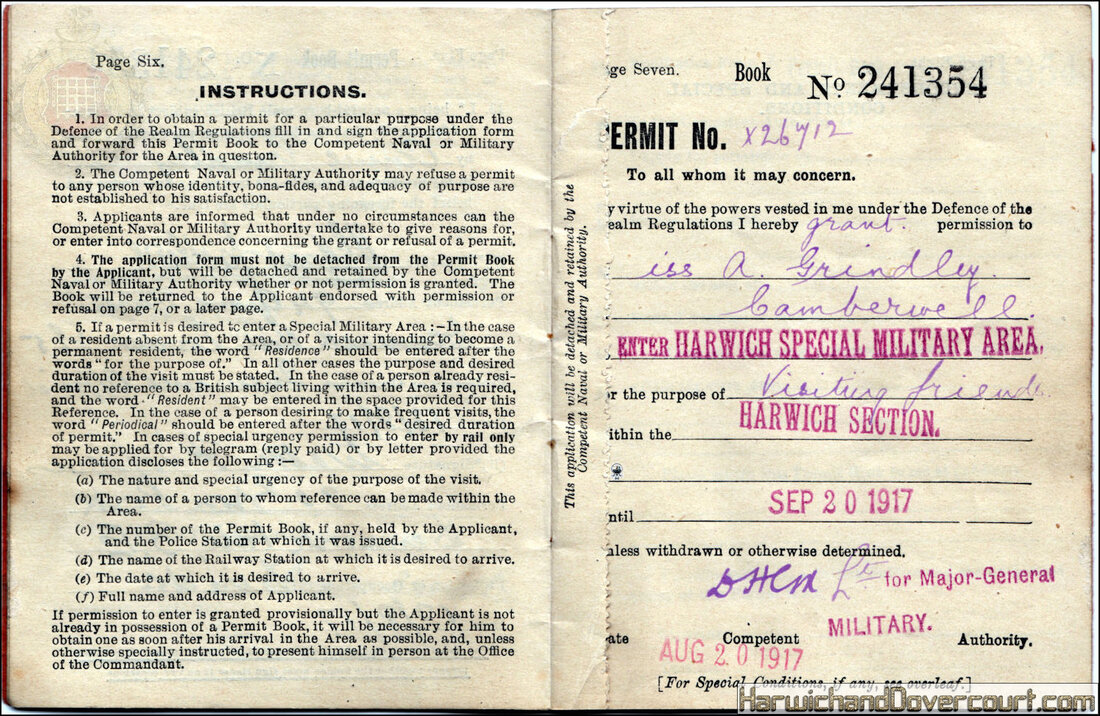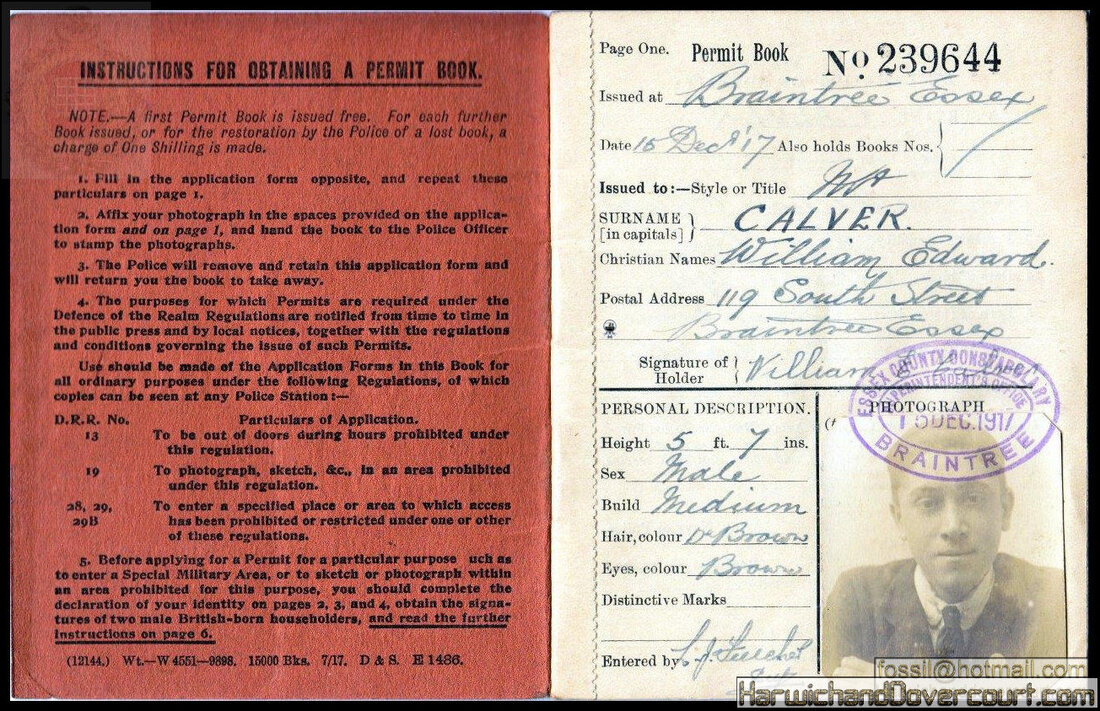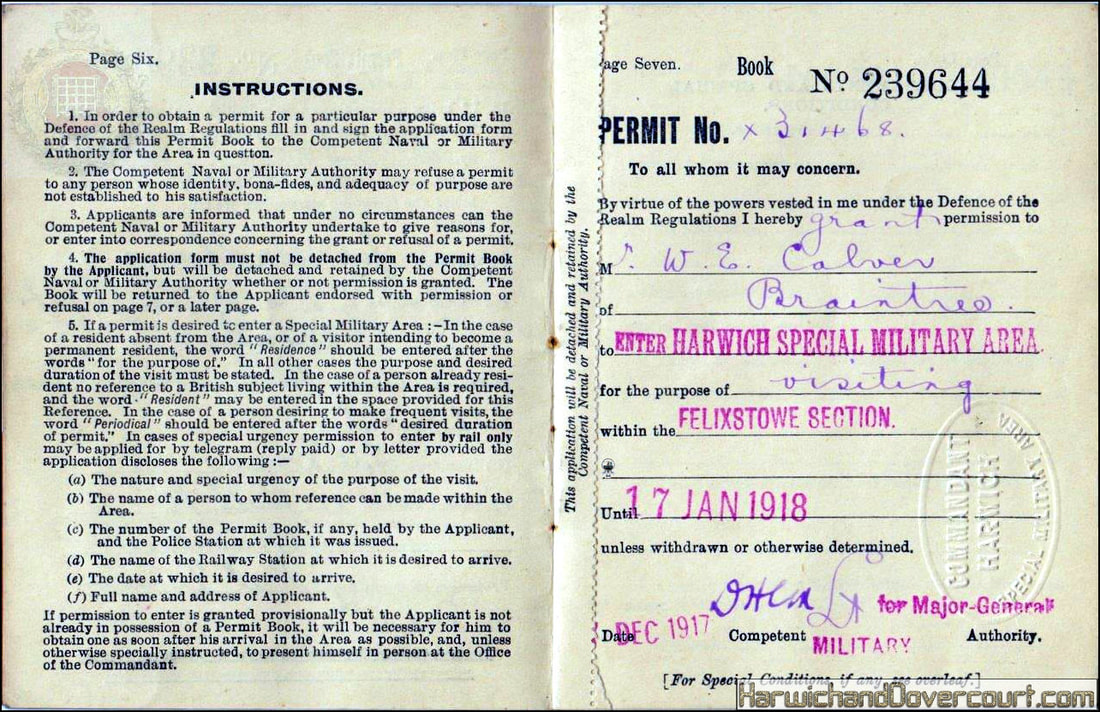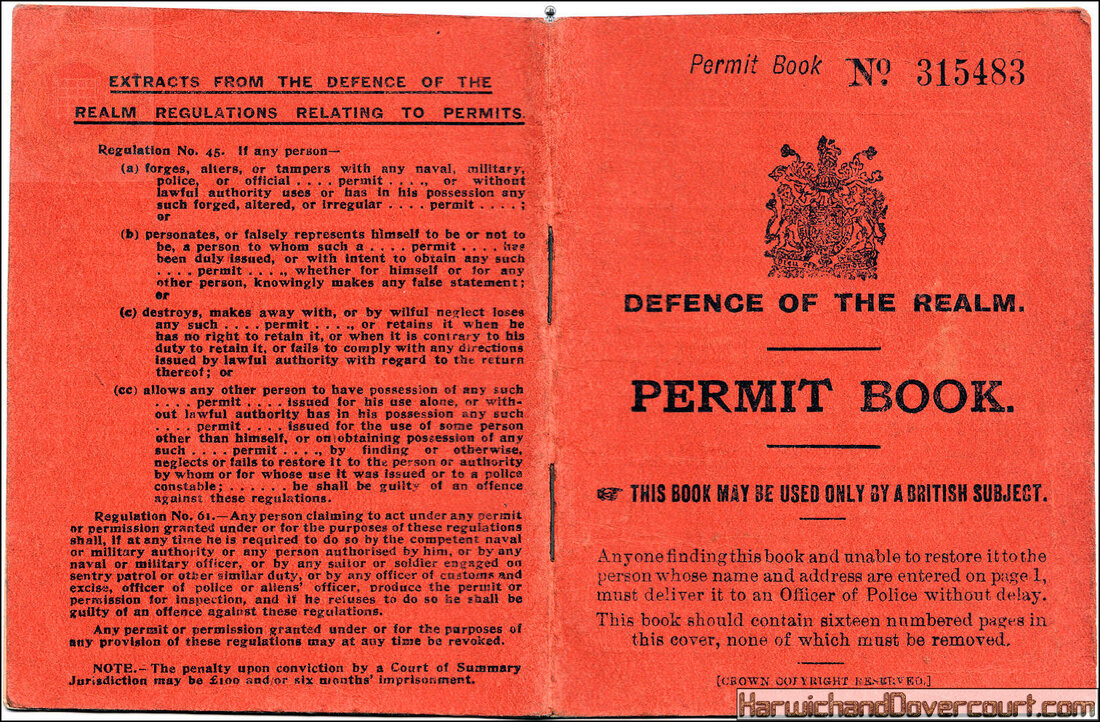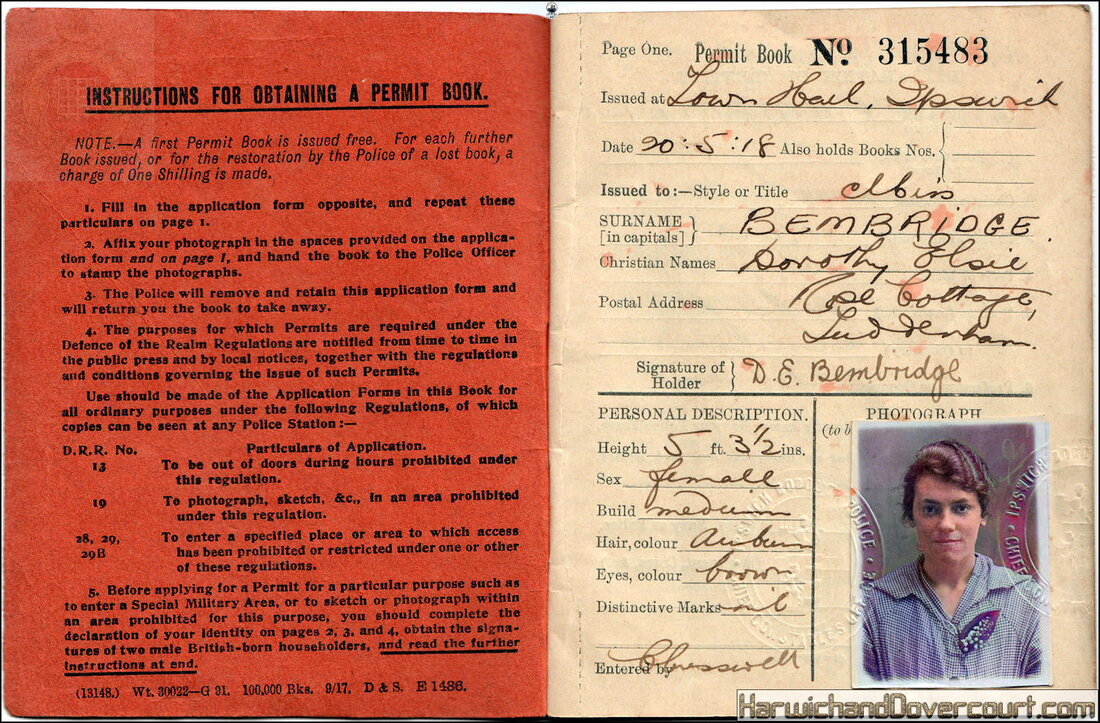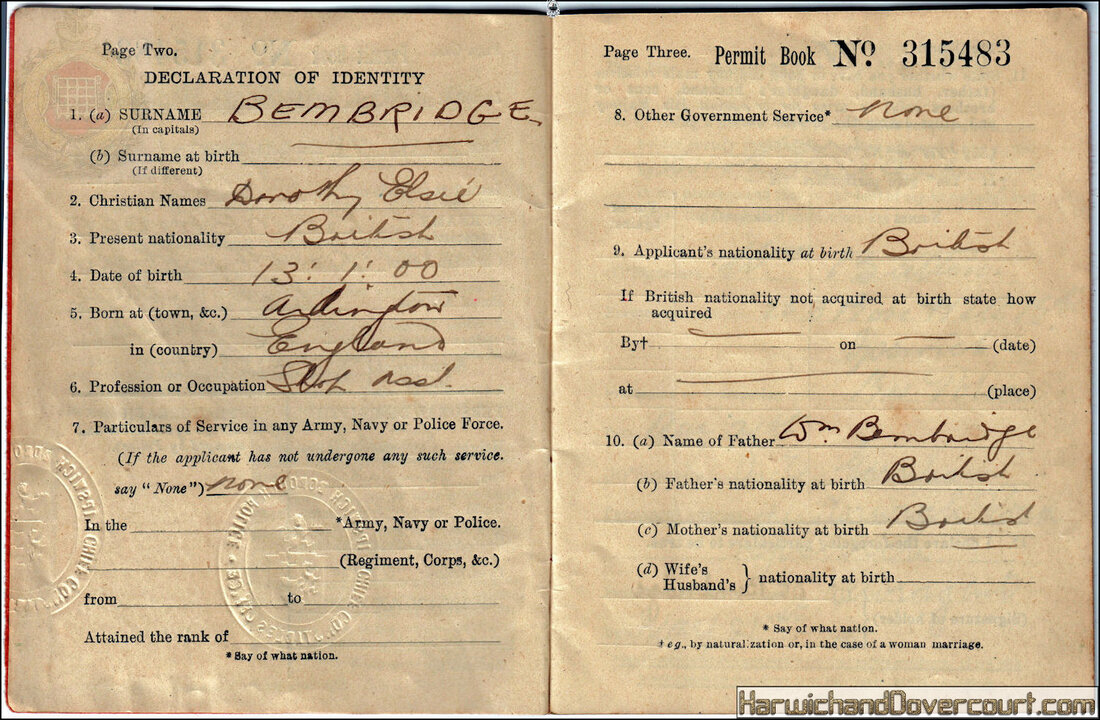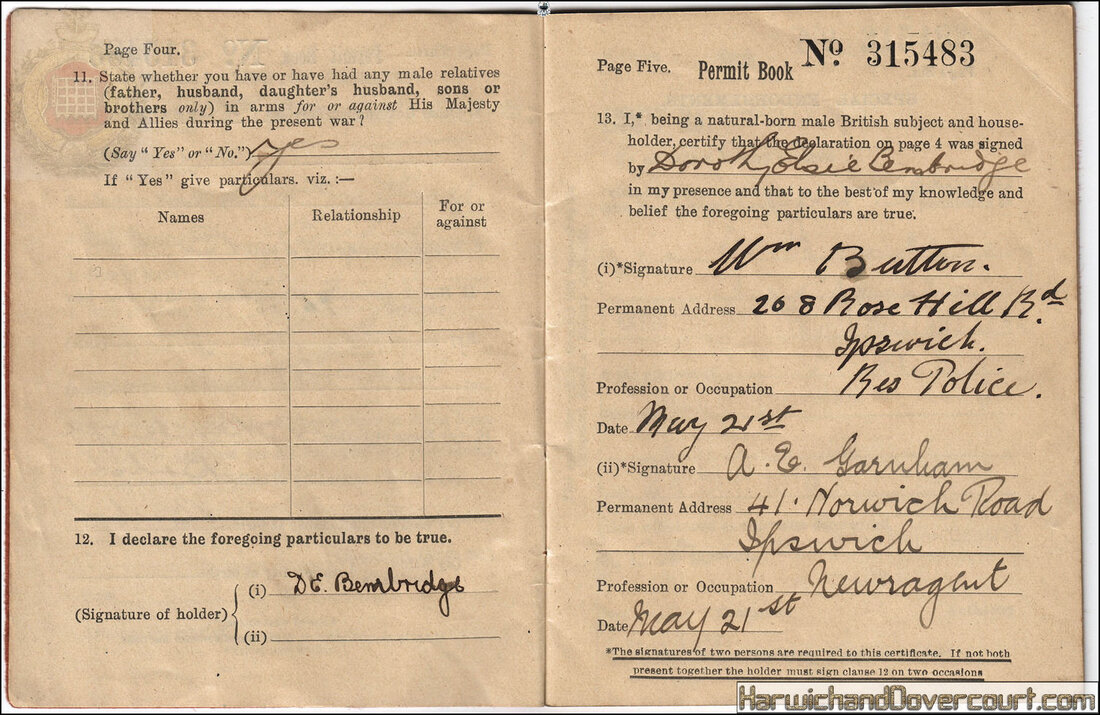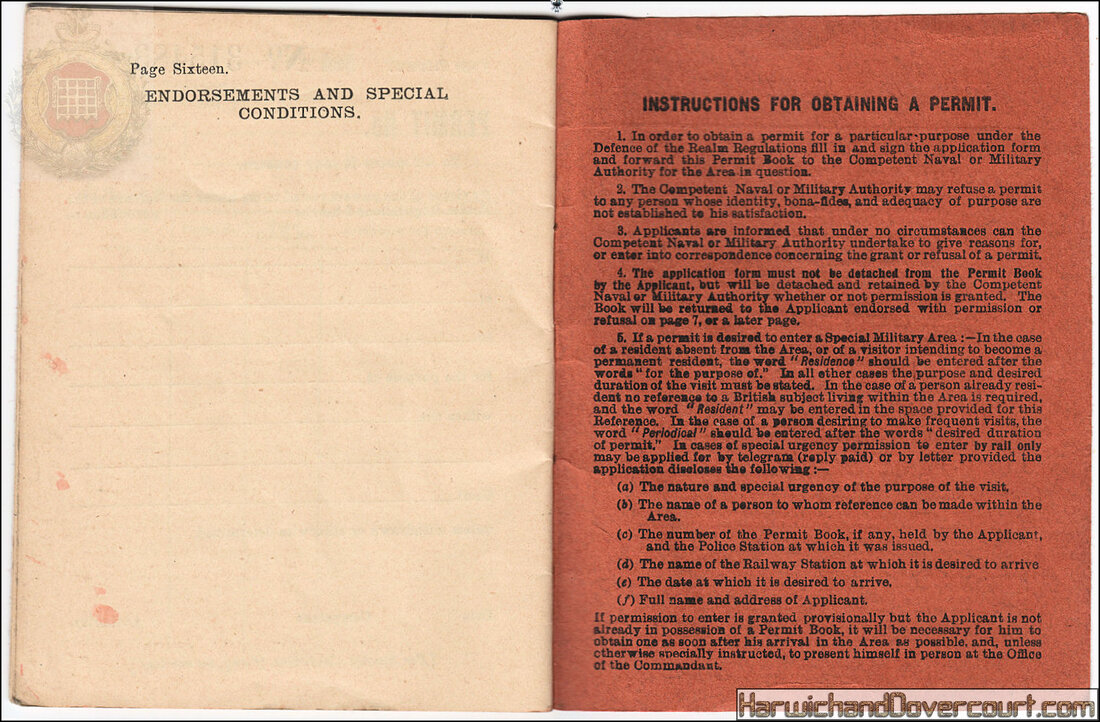A Strategic Position on the River Stour & Orwell
01 The War Dept, Dovercourt (1940) H&D FW
02 The War Department, Harwich, Essex, Aerial Shot (1950) H&D FC
03 R 32692 Land-guard Fort, Felixstowe (1950) Aero Pictorial Ltd H&D FW
04 The Redoubt, Harwich (1810) H&D FW
05 The Redoubt , Harwich (1980) H&D FW
06 The Redoubt, Harwich (1990) Dennis & Son H&D FW
07 Harwich Redoubt Upper Level with Cannon (1870) H&D FW (Stereo-view).
No 1 The Redoubt Fort, Harwich Essex ~ An 1870's Stereo-view photo by H.F.
Admittedly this is not the clearest quality photographic image, but as its 150 years old and one of the earliest views of the Redoubt at Harwich, I think it deserves to be shown here. In the background, one can just make out the High Lighthouse and Spire of St Nicholas Church.
These stereo-views (also known as stereo-graphs) were the pre-cursor to postcards and were very popular with visitors and holidaymakers in Victorian Britain. I have also included a few other views of the Redoubt, Harwich Green and the German Submarine Surrender of 1919 in other sections.
A British physician, Sir Charles Wheatstone, invented the predecessor to the modern stereoscope in 1838. Called the "stereopticon" it was the synergy between an idea he was experimenting with on a single piece of paper and later, after photography was invented, two photographs. They were the craze in American until the 1930s when motion pictures came in to the picture.
The pictures used in the stereo views where in the form of "stereo-graphs" which were two pictures of the same scene that were slightly offset and mounted side-by-side. In the 1850s the production of stereographs, also called stereograms, was in high gear and a very popular item. Pictures from around the world, of everything from prominent public people to war scenes were made available.
One of the main sources was the Keystone View Company who advertised exotic pictures and capitalised on the 3D illusion of stereo viewing. The company advertised the quote of Carl Sandberg, "the best substitute for intelligent travel is intelligent use of stereo-graphs.", to promote the use of stereo viewing as a way to see the world. Being able to see in stereo was not seen as anything other than entertainment until vertical aerial photography came in after WWII.
Admittedly this is not the clearest quality photographic image, but as its 150 years old and one of the earliest views of the Redoubt at Harwich, I think it deserves to be shown here. In the background, one can just make out the High Lighthouse and Spire of St Nicholas Church.
These stereo-views (also known as stereo-graphs) were the pre-cursor to postcards and were very popular with visitors and holidaymakers in Victorian Britain. I have also included a few other views of the Redoubt, Harwich Green and the German Submarine Surrender of 1919 in other sections.
A British physician, Sir Charles Wheatstone, invented the predecessor to the modern stereoscope in 1838. Called the "stereopticon" it was the synergy between an idea he was experimenting with on a single piece of paper and later, after photography was invented, two photographs. They were the craze in American until the 1930s when motion pictures came in to the picture.
The pictures used in the stereo views where in the form of "stereo-graphs" which were two pictures of the same scene that were slightly offset and mounted side-by-side. In the 1850s the production of stereographs, also called stereograms, was in high gear and a very popular item. Pictures from around the world, of everything from prominent public people to war scenes were made available.
One of the main sources was the Keystone View Company who advertised exotic pictures and capitalised on the 3D illusion of stereo viewing. The company advertised the quote of Carl Sandberg, "the best substitute for intelligent travel is intelligent use of stereo-graphs.", to promote the use of stereo viewing as a way to see the world. Being able to see in stereo was not seen as anything other than entertainment until vertical aerial photography came in after WWII.
